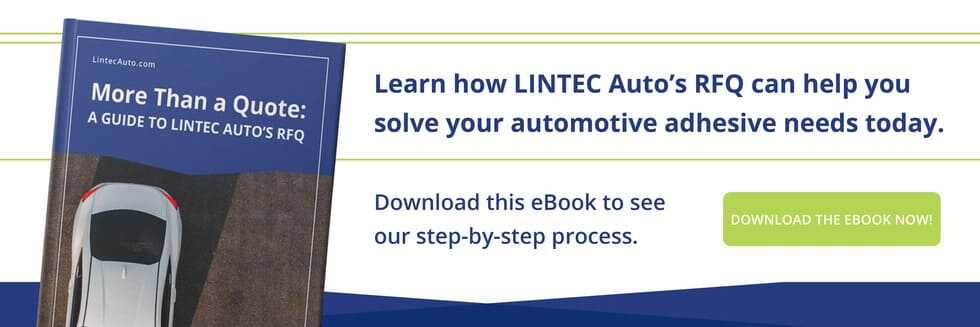Paint is at once the most vulnerable and most visible part of the vehicle. You can preserve a long-lasting attractive finish on your auto parts with the help of a clear, durable, and resilient automotive film.
8 Ways Automotive Film Can Help:
1. Applying automotive film is easy.
Painting a car takes expensive application equipment, ventilation, worker safety gear, and curing time. Why do it again when automotive film can work just as well, if not better? With automotive film, you’ll have a solution that goes on easily, with minimal training and equipment, right on the assembly line, and protects the paint from damage that would require future repairs.
2. It self-repairs with nothing but sunlight.
Alec Gutierrez, a senior analyst for KBB, reminds us that “even a vehicle with low mileage can sustain more than its fair share of . . . scratches or dents.” But don’t worry. UV exposure from intense sunlight may be seen as a threat to autobody materials, but in the case of automotive film, sunlight becomes a renewable, self-healing resource. The best films can absorb scuffs and scratches, self-repair, and return to their original shape with nothing but the heat from the sun.
3. Hydrophobic film repels water and contaminants.
Abrasions aren’t the only threat to a beautiful paint job. Hydrophobic automotive film also protects your paint from oxidation, stains, chemical etch marks, pollen, smudges, mud, salt, oils, and other contaminants while also repelling moisture from rain or snow. Chips or cracks in the paint would normally invite rust, but the protection film keeps water out.
4. You can still enjoy the beauty of the paint.
A quality automotive film of only about 8 mils in thickness is virtually invisible. The long-lasting transparency of modern urethane and polyurethane films ensures that you can enjoy the luster of the gorgeous paint job for years without the yellowing or fogging of the automotive film.
5. Automotive film lasts a long time.
Years of exposure to small debris and the elements won’t do any harm to a professional automotive film’s integrity, clarity, or adhesion. The increase in your paint job’s service life is well worth the investment—a reliable automotive film can generally be expected to last 10 or more years. High-impact areas like rocker panels and front fascia can lock in their luster for the long haul.
6. Replacing automotive film is easier than repainting.
Even if your automotive protection film sustains damage and requires replacement, it’s far simpler (and cheaper) to replace the film than to repaint the vehicle.
7. It works on any painted area of the vehicle.
Vulnerable areas like front bumpers, rear-wheel arches, hoods, rocker panels, fenders, and side mirrors are natural targets for paint protection films. However, automotive film is a flexible, conformable, and easy-to-apply solution that works equally well on body panels, the roof, and hard-to-paint areas like window frames and roof pillars.
8. The alternatives cost more.
Ceramic coatings are the most common alternative to automotive film when it comes to paint protection. Unfortunately, these coatings are messier, require more intensive equipment, and take much longer to cure. Inefficiency in assembly hurts your margins and your line times. Savings on the line from a lean production solution like automotive film can be passed on to OEMs.
If you’re looking for the best in protective anti-chipping film for automotive parts, get in touch with an automotive adhesives supplier to learn more about the benefits of this cost-effective, high-performance solution.


